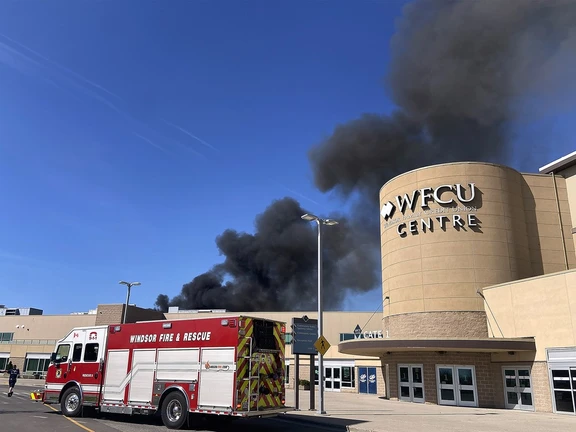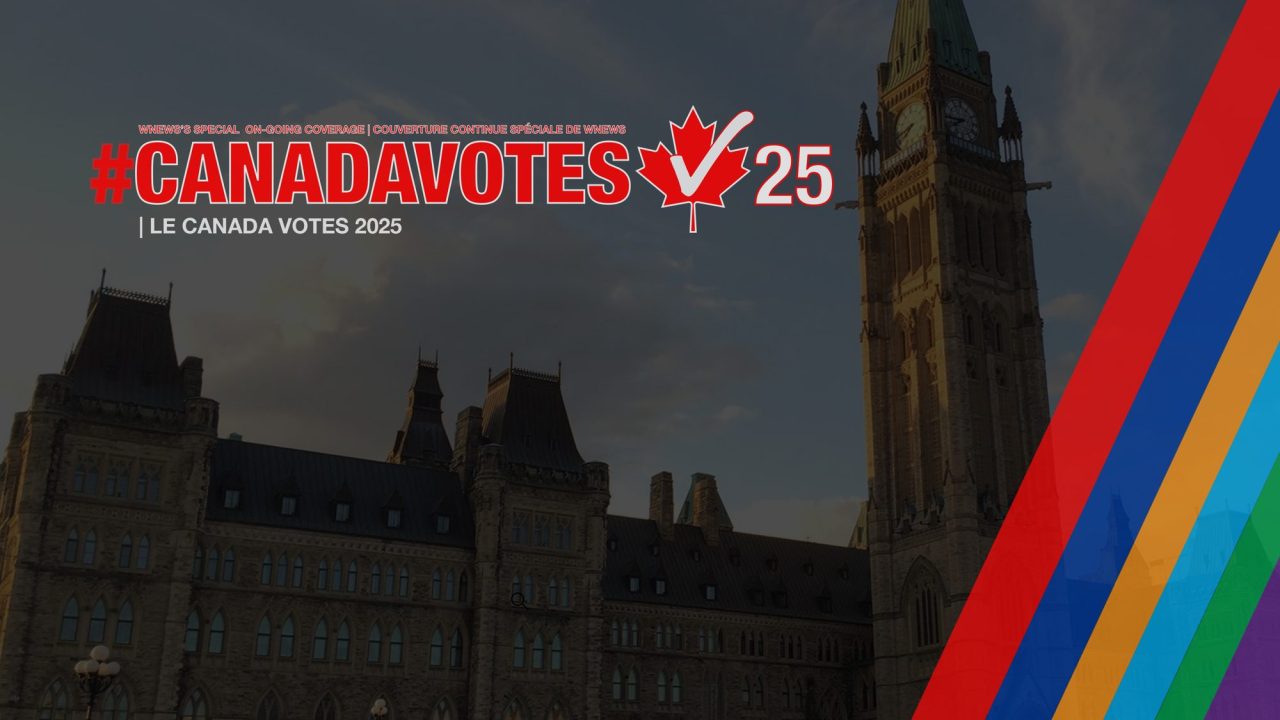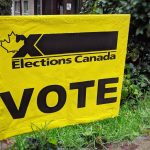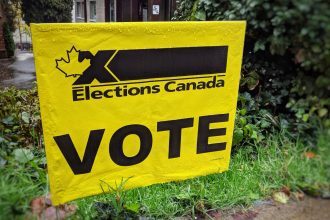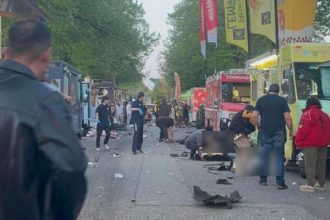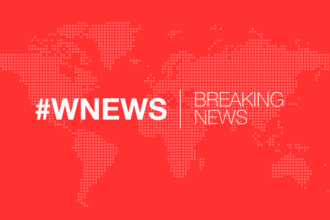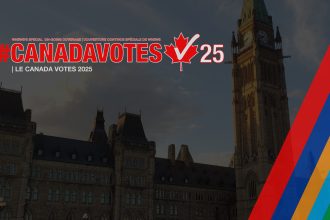- Millions of Canadians are at the polls today, choosing the nation's next leader at a time of diplomatic and economic turmoil — especially with the United States.
- Voting places close first in Newfoundland and Labrador, then across the Atlantic region.
- All of the major party leaders have cast their own ballots.
Ottawa, ON, Canada (WNEWS CANADA) – Canadians are casting their ballots today in a high-stakes federal election that has evolved into an unexpected referendum on national identity, economic resilience, and the country’s relationship with the United States. The sudden resignation of Justin Trudeau in January 2025 paved the way for Mark Carney, former governor of the Bank of Canada and Bank of England, to assume leadership of the Liberal Party. Carney’s decision to call a snap election was a bold move, aiming to solidify his mandate amid rising tensions with the U.S. and internal economic challenges.
A Campaign Redefined by External Pressures
Initially, the Conservatives, led by Pierre Poilievre, were poised for a significant victory, capitalizing on public dissatisfaction with the Liberals’ handling of inflation and housing affordability. However, the political landscape shifted dramatically following aggressive comments from U.S. President Donald Trump, including threats of annexation and the imposition of heavy tariffs on Canadian goods. These actions sparked a surge in Canadian nationalism, bolstering support for Carney and the Liberals, who positioned themselves as defenders of Canada’s sovereignty and economic stability.
Key Players and Their Platforms
Mark Carney (Liberal Party): Carney’s platform focuses on economic competence and centrism. He proposes retaliatory tariffs on U.S. vehicles, diversification of trade partners, and measures to support Canadian workers affected by U.S. policies. Domestically, he aims to double the pace of home building to address the housing crisis and plans to lower the minimum income tax rate from 15% to 14%.
Pierre Poilievre (Conservative Party): Poilievre advocates for a nationalist agenda, emphasizing deregulation, stricter crime policies, and economic reforms. His proposals include reducing the minimum income tax rate to 12.75%, eliminating the carbon tax, and implementing a temporary loan program for businesses affected by U.S. tariffs.
Jagmeet Singh (New Democratic Party): Singh’s campaign centers on social equity, proposing universal pharmacare, student debt forgiveness, and aggressive climate measures. He also suggests tariffs on U.S. electric vehicles and incentives for Canadian-made EVs.
Yves-François Blanchet (Bloc Québécois): Blanchet focuses on Quebec sovereignty and economic diversification, particularly concerning aluminum exports vulnerable to U.S. tariffs. He advocates for strengthening trade ties with countries like France and South Korea.
Elizabeth May & Jonathan Pedneault (Green Party): The Green Party emphasizes environmental sustainability, proposing aggressive climate policies and reforms to promote green energy and reduce carbon emissions.
Voter Turnout and Public Sentiment
A record 7.3 million Canadians participated in early voting, indicating high public engagement. External factors have heavily influenced the election, particularly U.S. policies under President Trump. Carney’s strong anti-Trump stance and promises to uphold Canada’s sovereignty have resonated with voters, while Poilievre’s association with Trumpian populism has drawn criticism.
What’s at Stake
The outcome of this election will determine Canada’s approach to pressing issues such as economic recovery, housing affordability, healthcare, and international relations. If the Liberals secure a majority, Carney will have a strong mandate to implement his policies. A Conservative victory would signal a shift towards more nationalist and deregulatory policies. In the event of a minority government, smaller parties like the NDP and Bloc Québécois could play pivotal roles in shaping the legislative agenda.
Polls have closed in BC
The Polls have now closed in BC. Liberals are leading with 93 Seats and the CPC at 67 Seats, Bloc at 13 and NDP at 1
Polls have just closed in Ontario and Quebec
Polls has just closed in Ontario and Quebec, polling results should be flooded in the next few minutes
Liberals Leading or Elected in 21 Seats, CPC Leads or Elected in 10 Seats
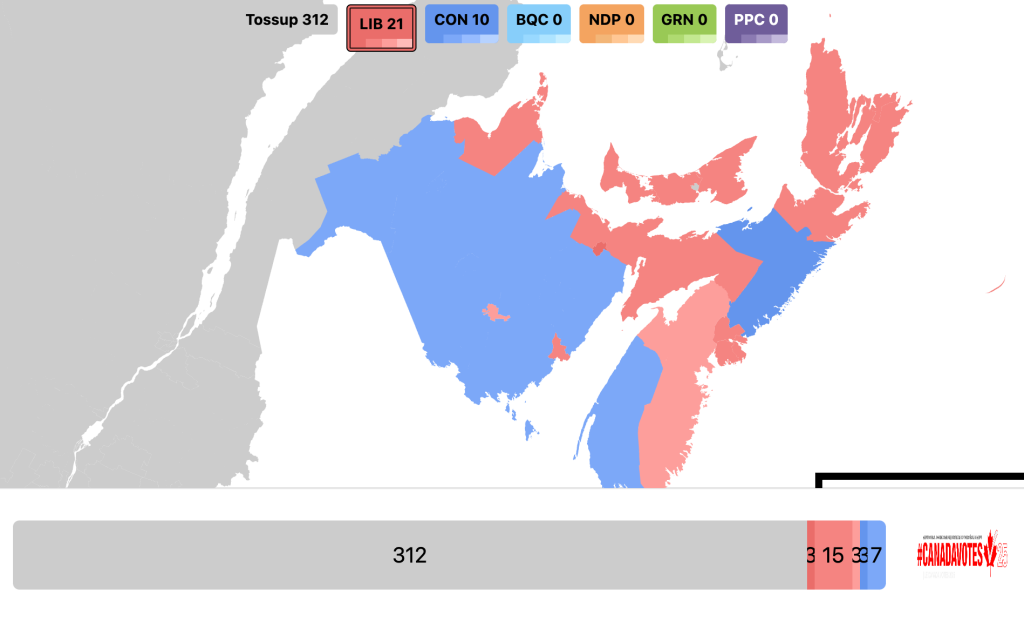
Turnout for Conservatives is Reportedly Higher Than Expected.
Conservative turnout is reportedly higher than expected: Reports
Neck and neck for popular votes so far
The Conservatives and Liberals are neck and neck for popular votes with 48% for Liberals and 46% for Conservatives
Elections Canada’s website is down for some
Elections Canada’s website is down for some users. Its results page is working, but the page where you can use your postal code to look up information on your riding is not always. The agency is aware of the issue and is looking into it.
Liberals have an early lead in Eastern Canada
The Liberals are leading in 14 seats and the Conservatives with 4. 172 seats are needed for a Majority
Polls have closed in Newfoundland & Labrador
Polls have closed in Newfoundland & Labrador. Results should be coming in shortly.
Leaders’ Responses to Trump’s 51 Statement Comments
I know how to manage a crisis — and I’m ready to lead. If you’re with me, vote #CanadaStrong today.
— Mark Carney (@MarkJCarney) April 28, 2025
President Trump, stay out of our election. The only people who will decide the future of Canada are Canadians at the ballot box.
— Pierre Poilievre (@PierrePoilievre) April 28, 2025
Canada will always be proud, sovereign and independent and we will NEVER be the 51st state.
Today Canadians can vote for change so we can strengthen…
Leader’s responded to Trump’s comment that he made on TruthSocial this morning.
Polls close in over 10 minutes in Newfoundland and Labrador
The first polls in the country close in 10 minutes in Newfoundland and Labrador. First results will be after
Polling Hours
Newfoundland and Labrador: Until 8:30 p.m. (NT)
Atlantic Time (NS, NB, PEI): until 8:30 p.m. (AT)
Eastern Time (ON, QC): until 9:30 p.m. (ET)
Central Time (MB, SK): until 8:30 p.m. (CT)
Mountain Time (AB, NT): until 7:30 p.m. (MT)
Pacific Time (BC, YT): until 7:00 p.m. (PT)
Nunavut: Varies by community; voters should check local listings .
Million-dollar fire forces evacuation of Windsor Elections Canada polling station
Elections Canada was forced to scramble Monday morning to find a new election day polling location when a fire forced a shutdown of voting at the WFCU Centre.
“We’re crazy-busy trying to move to St. Joe’s high school,” an Elections Canada worker told the Star shortly before 11 a.m.
